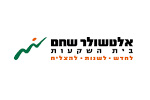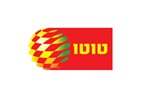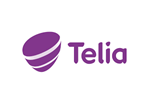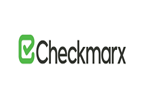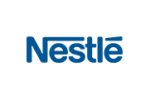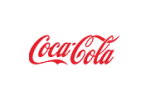While performance management is a crucial component to business success, there is a universal agreement among business leaders that it is poorly or under used within organizations and therefore is not able to achieve its ultimate goal of enhancing performance. Many organizations find their current performance management solution to be too complex, outdated and inefficient, not aware of how performance management has changed in recent years.
Today’s performance management solutions are becoming seamless, smart and flexible, providing managers with a comprehensive visual picture of their employees’ performance and how it realizes to business success. This extensive transition in performance management is rooted deeply in recent changes in technology and communication.
People, in this case employees have changed in their demands and expectations from their superiors. They want more involvement, more accountability and more transparency. They want to know which metrics their employer uses to evaluate their performance, have a say in designing those metrics and be involved in the way data is collected. In addition control is taking a backseat to mentorship – managers are expected to constantly coach and guide their employees, giving them performance feedback on a day to day basis.
Technology has made performance management smarter and seamless. What began with simple automation – simply transferring paper charts into a computerized program, is now becoming user-friendly and intelligent. Performance management solutions are becoming more outcome-oriented – making it possible for all levels of management to truly and simply understand the bottom line of their employee performance, stepping away from archaic spreadsheets, charts and disconnected pieces of information based on outdated utilization of the data.
Rapid technological advancement and the increased dependence on internet-based communication have deeply changed the business world; making communication always on and people more informed, knowledgeable and involved. In addition, massive data collection and storage resources have become available and affordable allowing organization to analyze large scaled data pools and draw real knowledge from them. These trends interlock in today’s performance management environment making it flexible, agile, intelligent and most importantly valuable to the company’s bottom line.





















